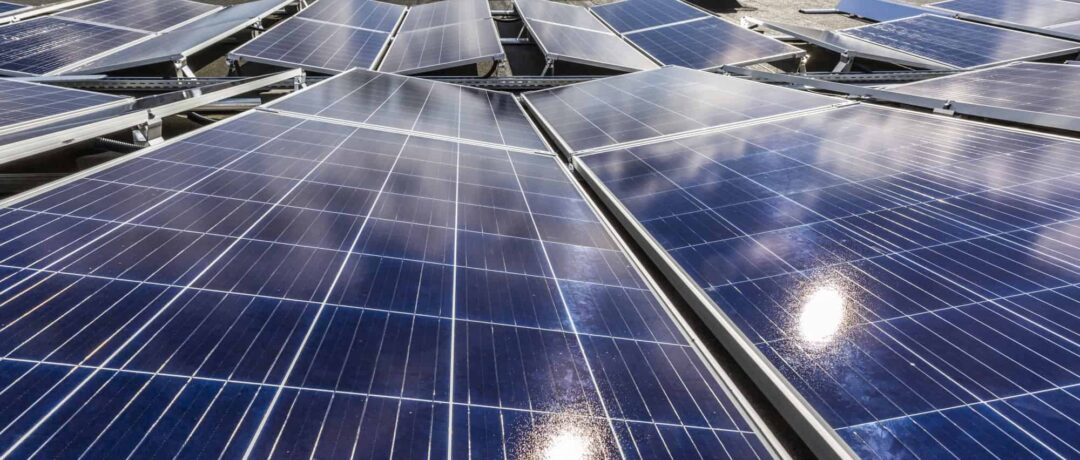Seeing as going solar is a sizable investment, it comes as no surprise that many potential clients have questions for their providers. As far as these questions go, none are as frequent as: how many solar panels are needed to power my house?
As simple as this question might seem, it actually depends on a wide range of factors, including where you live, how big your home is, and how much energy you usually spend.
Factors You Ought to Consider When Buying Panels
1. Usual Energy Usage
Pinning down the exact numbers connected to your energy usage is essential to determine how many panels you require. In other words, you must calculate how much power you need in an average year, month, and day.
Luckily, doing these calculations is quite simple. All you need to do is take a look at your power bills from the last year or so. The numbers that matter are measured in kilowatt-hours (kWh).
On average, most American homes spend around 30 kWh every day, which adds up to about 10,649 kWh per year. Once you evaluate your bills, you will know where your own home falls in comparison to these numbers.
2. The Output of the Solar Panels You Choose
Every solar panel has a certain output — i.e., each panel is capable of producing a certain amount of energy. Typically, residential solar panels can generate somewhere between 250 watts and 400 watts of power.
Now, to calculate exactly how much power a panel can generate on a daily basis, you need to multiply the wattage mentioned above by the number of sunlight hours your house gets every day.
If your house needs more power, you will either require additional panels or models that can generate more wattage. The latter is a better choice if you have spatial constraints (a smaller roof).
3. The Position of Your Home
Finally, as we have already briefly mentioned, your home’s physical location is another essential factor you need to consider. Namely, you need to determine how much sunlight your roof and home receive every day.
As you can probably already guess, solar panels work best in areas that receive a lot of sunlight during the year. That is why states like Arizona and California are brimming with solar systems.
For solar panels to be a worthwhile investment, your home ought to receive at least 5 hours of direct sunlight each day. Of course, this number can vary from day to day and season to season, but the average should remain the same.
Putting It All Together
Taking these 3 variables into account, it’s quite easy to calculate how many panels you need to power your home. For the purpose of an example, we will use the average numbers already mentioned above. When you do your own calculations, you should use the numbers relevant to your home.
Let’s start with the fact that the average home receives about 4 hours of sunlight per day. In addition, an average solar panel can produce 325 watts of power in the same period. If that is the case, then each panel can generate around 1.3 kWh of power on a daily basis.
So, if your home spends about 30 kWh a day, you would need 23 panels with 325 watts to power it. Of course, this number changes if your panels are more powerful or your home receives more sunlight.
To Sum Up
The number of solar panels you need to power your home depends on 3 important factors. They include the house’s average energy consumption, the panels’ output, and the home’s physical location. Combining these numbers can give you a clear insight into how much money you’d need to spend on a solar system.
If you find the calculations too complicated, your solar provider can do them for you. Most reputable companies offer free quotes to prospective users, so you can take advantage of that before you make a final decision on the panels.
Other Solar Topics You Might Be Interested in
How Many Solar Panels Would You Need to Power the United States?
How to Find the Best Solar Company Near Me?
Interested in Buying Solar Panels?





